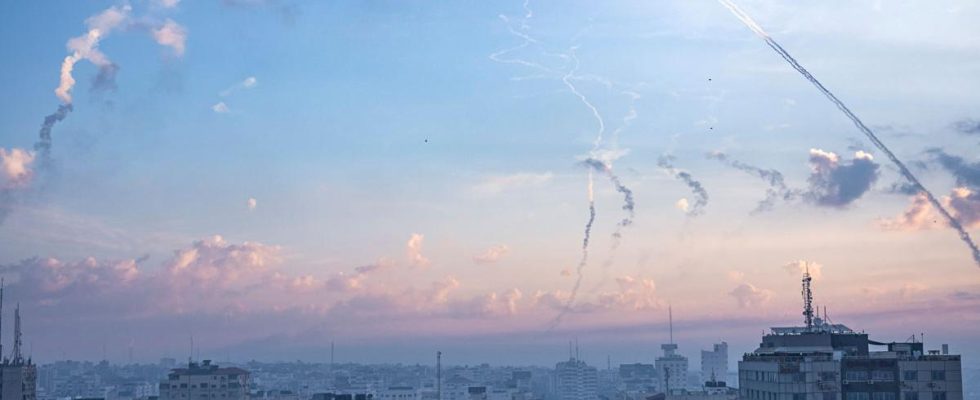Save the article
Early Saturday morning, Hamas launched a military operation against Israel.
The Israel-Palestine area has been marred by many deadly clashes.
Here are five points about the conflict.
1. Geography
Israel is located in the Middle East and has 9.4 million inhabitants. The state was established in 1948 following a UN decision on the partition of Palestine. the land that was the biblical homeland of the Jews but was also populated by Muslims and Christians. Thus arose one of the world’s most intractable political conflicts.
2. Prolonged conflict
The conflict is based on the establishment of the state of Israel on land that the Palestinians see as theirs. Deadly clashes occur regularly between the Israeli military and Palestinians. In recent years, it has mainly been between Israel and the Gaza Strip, which since 2007 has been practically controlled by the terrorist group Hamas. From time to time, rockets are fired from Hamas towards southern Israel, which are answered with airstrikes.
3. Hamas
Is an Islamist Palestinian movement. They do not recognize Israel as a state and are labeled a terrorist by, among others, the EU.
4. October 7
Early in the morning of October 7, Hamas military leader Mohammed Deif announced the launch of a military operation against Israel. 5,000 rockets have been fired, according to Deif. At the same time, information is coming in that several Israeli cities are under attack and reports of pure street fighting continue to be reported. Several deaths and reports of injuries have been confirmed by the Israeli authorities.
5. What happens now?
According to Israel-Palestine expert Anders Persson, Israel will respond forcefully to the attack. By all accounts, this means moving towards a full-scale war against Hamas. It remains to be seen what implications this will have for other countries and which can conceivably be drawn into the conflict.
Source: Landguiden/Foreign Policy Institute
